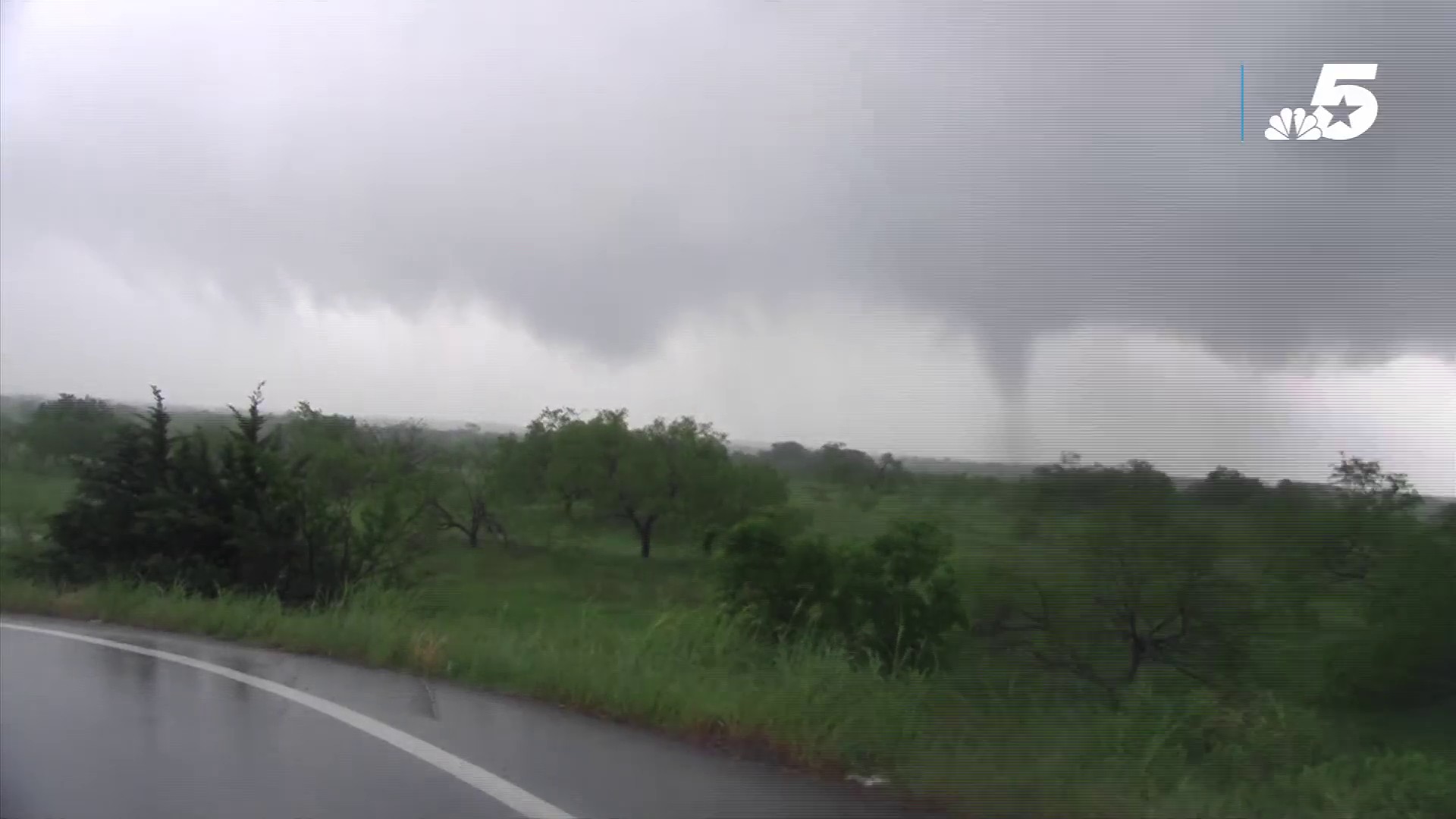You may have seen those mounds popping up lately. And if you're from Texas, you know to stay away from them.
Entomologists say recent rains are responsible for bringing fire ants to the surface in droves.
“When I was little, I'd stand in fire ant beds before you realize, and they'd swarm up your leg,” said McKaye Day of Denton.
What happens next – is painful.
“It feels like fire, burning,” she said. “It definitely hurts if there's a lot of them."
Fire ant bites can sting and cause swelling. In small pets, they can be deadly.
“Fire ants can be especially vicious because you don't really know that they're on you,” said Janet Laminack, Texas A&M AgriLife Extension Agent for Denton County. “And when they climb up on you they all sort of sting at one time."
Local
The latest news from around North Texas.
For every problem -- fire ants included -- there's a solution. Some work better than others.
Texas AgriLife suggests using a bait and then a mound treatment, but that could take weeks. For a quicker fix, pouring boiling water down an ant mound is about 80 percent effective, says Laminack.
The internet claims that grits work.
Not true.
“I just read about that, actually,” laughed Laminack. “No, because the ants won't pick up that size. That's a myth."
What's not a myth -- is the mark fire ants can leave, if you're in the wrong place, at the wrong time.
“Everything's bigger in Texas,” said Day. “We have the bigger, badder bugs, too."
 According to Texas A&M Agrilife, fire ants are an invasive insect from South America that are medium-sized with red and black coloring. Their mounds are generally larger than 18 inches across and they can be hard to detect at times -- though after periods of rain the mounds are typically much higher off the ground and are much more visible.
According to Texas A&M Agrilife, fire ants are an invasive insect from South America that are medium-sized with red and black coloring. Their mounds are generally larger than 18 inches across and they can be hard to detect at times -- though after periods of rain the mounds are typically much higher off the ground and are much more visible.Worker ants are small, generally between 1/16 inch to 1/4 inch in length. They should not be confused with Harvester ants, which are larger and look more imposing. Harvester ants don't generally have a mound, rather a single entrance to the colony through a hole on bare ground.
For most people, the sting of a fire ant can leave a white pustule on the skin that can itch and be irritating. There isn't much to do except for cleaning the area and treating as you would any insect bite. Texas A&M Agrilife reminds that fire ants cannot overwhelm a healthy, mobile person and even hundreds of stings are rarely fatal.
About 1 percent of the population is believed to be hypersensitive to ant venom and could experience lethal allergic reactions. If someone suffers breathing issues or excessive swelling following an attack, they should seek immediate medical attention.



